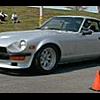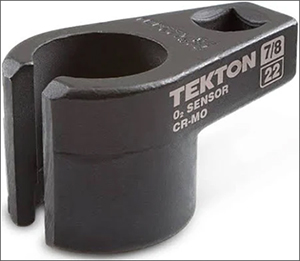While these Koni's were designed for the stock equipment at the top, Koni is progressive when it comes to performance items, like lowering springs, and custom top mounts, and always try to find a way to make it work, unlike some other companies. If you have chosen to use a custom mount (pillowball, camber plate, etc.), then hopefully these suggestions will help.
One of the Koni techs had a chance to respond this morning: "The idea of using an impact is never recommended. Doing so over the strut nut is essentially a guarantee to destroy the strut internals, or at very least the threads. Using a layer of rubber to protect the rod and set of pliers or vice grips is another option but extreme caution also needs to be taken to ensure the rod is not damaged or marred. If using this method it would also be a good item to hold the shaft at the highest point possible near the upper mount. Try to grab at an area on the rod that less likely to pass through the guide seal during normal compression stroke."
Other thoughts:
jonbill said "make a washer with a D shape hole and bond/weld it in to the top of the top mount."
This could be a great idea, depending on what tops you are using, especially if you may need to remove them often for racing or some other reason. For those skilled in welding, you might even take your custom top mounts, and weld a small piece of metal at the opposite of the D shape. But since the torque spec is so light, even a simple bonding as suggested would be enough to hit the necessary torque figure.
Using pliers and some form of rubber or protection is a time-honored method. Great suggestions we've heard include what AK260 said (cutting a rubber hose from the valve cover breather/etc.); or using an old serpentine belt from the family sedan; or a good rubber hose section or two.
Another option, completely depending on the configuration of the custom mount you are using, might be tools like an oxygen sensor "wrench", if you can find one in a matching size and height that you need. If so, you can use it to torque the nut, and above it either use two nuts to lock the shaft using a wrench, or perhaps the rubber-in-pliers method at the top, not going anywhere near the lower part of the shaft. Many setups won't have room for this option.
For all of these, just keep in mind that if you are using a custom mount setup, it is still your responsibility to ensure the shaft isn't damaged, so always use extreme caution.
 Subscriber
Subscriber 3Points428Posts
3Points428Posts Subscriber
Subscriber 2Points1,282Posts
2Points1,282Posts









